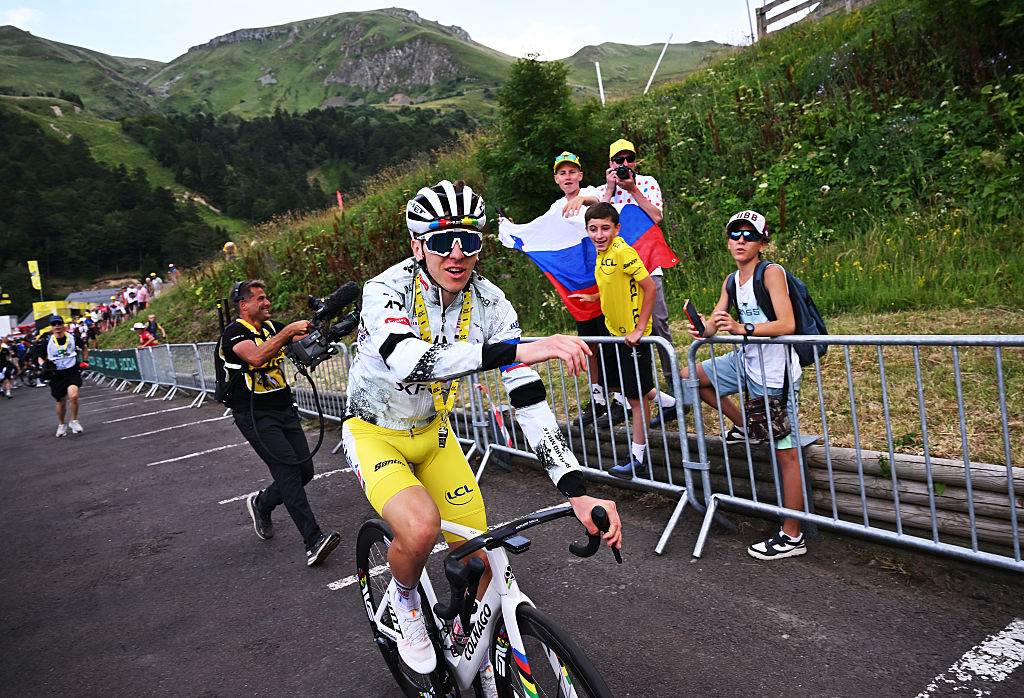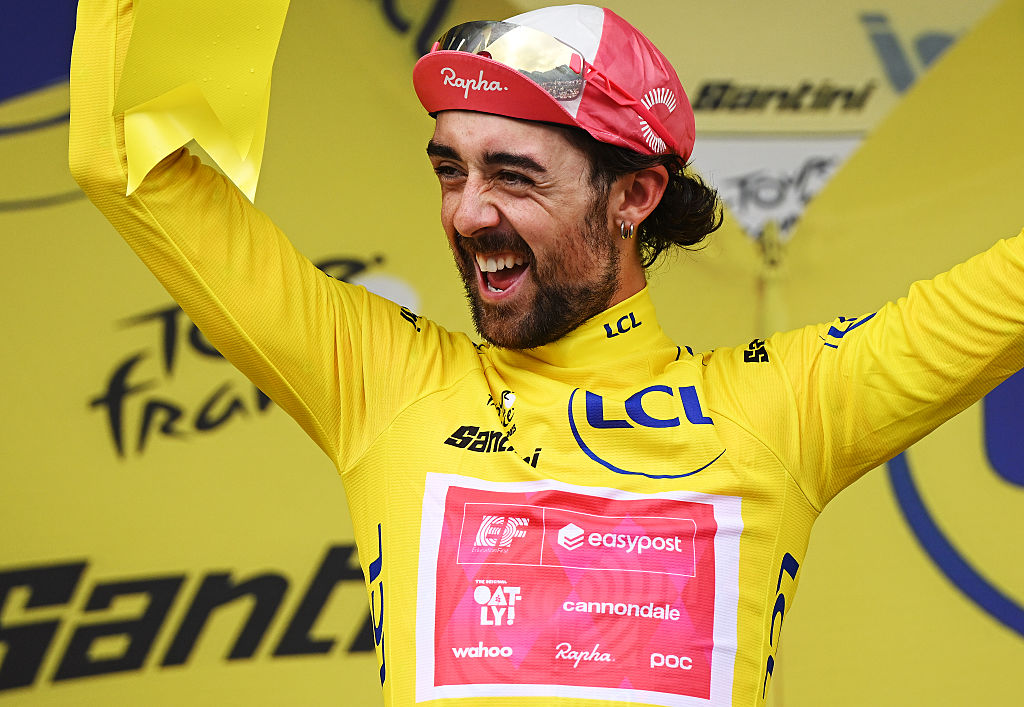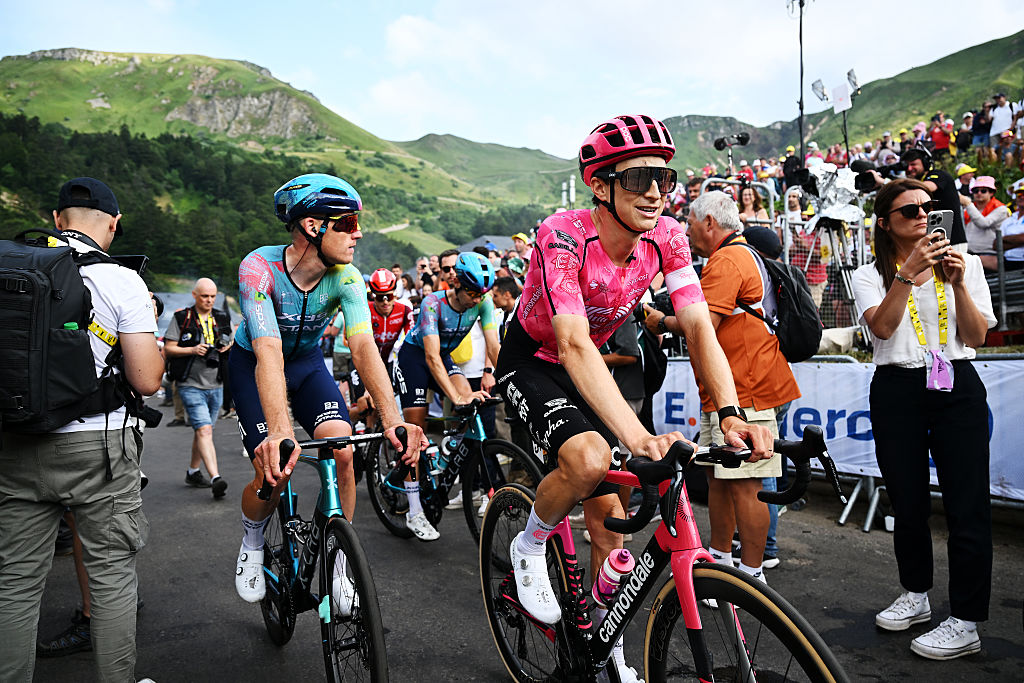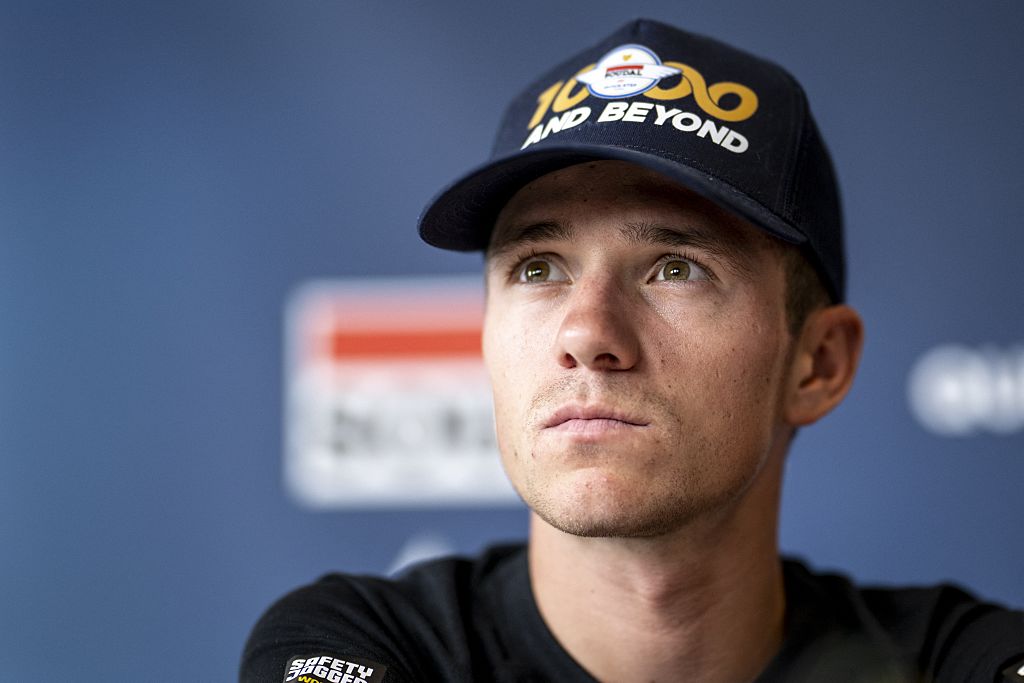Leave no stone unturned: Di Luca più forte (the strongest) in Pinerolo
Stage 10 - Tuesday, May 19: Cuneo - Pinerolo, 262km
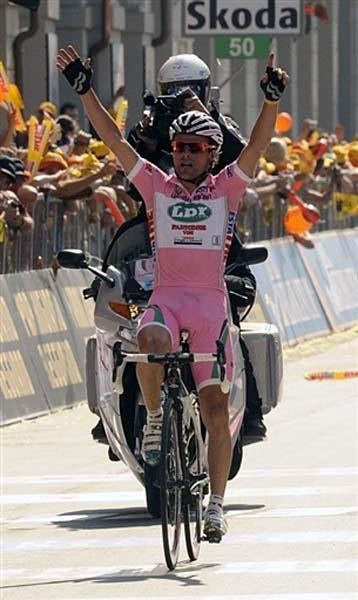
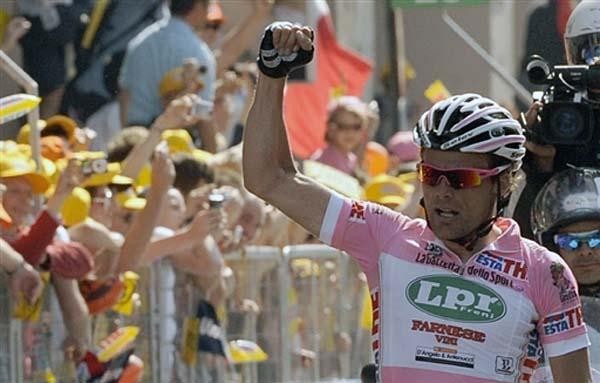
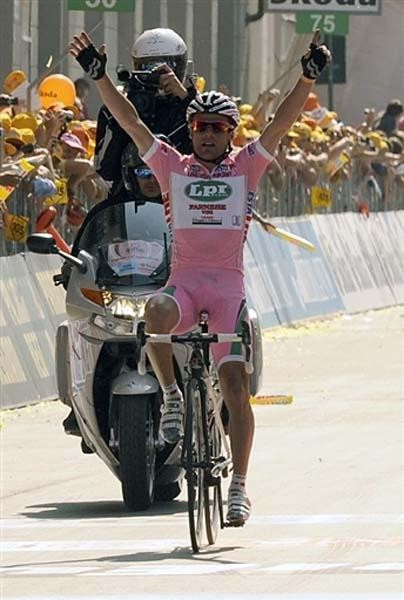
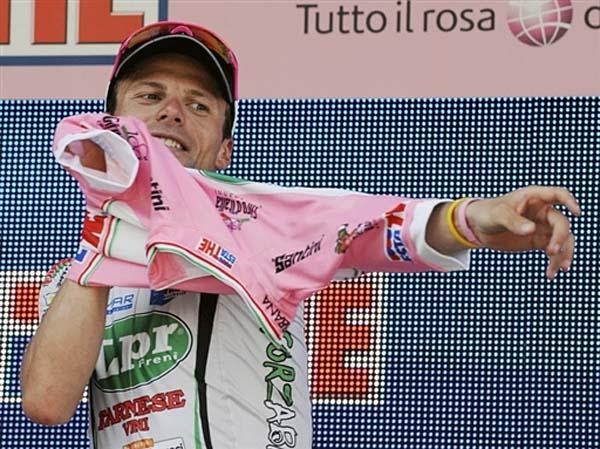
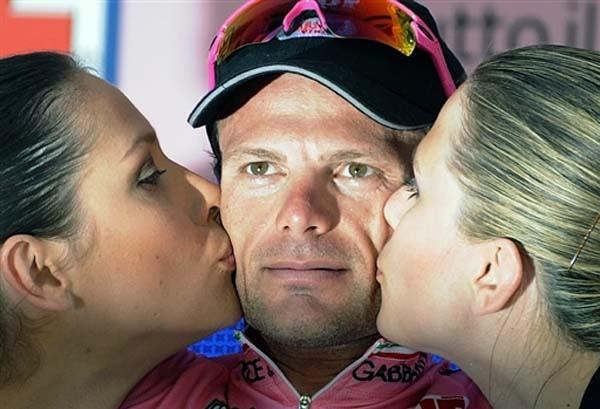

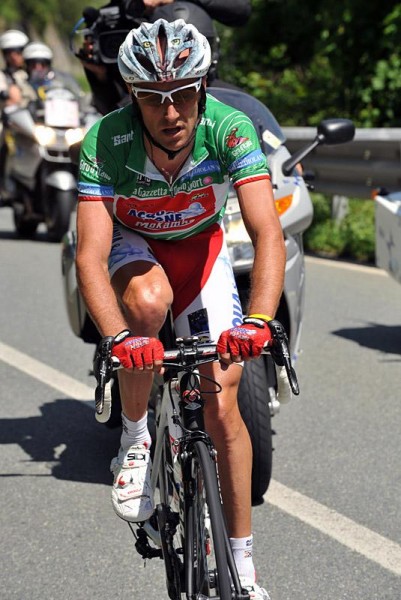
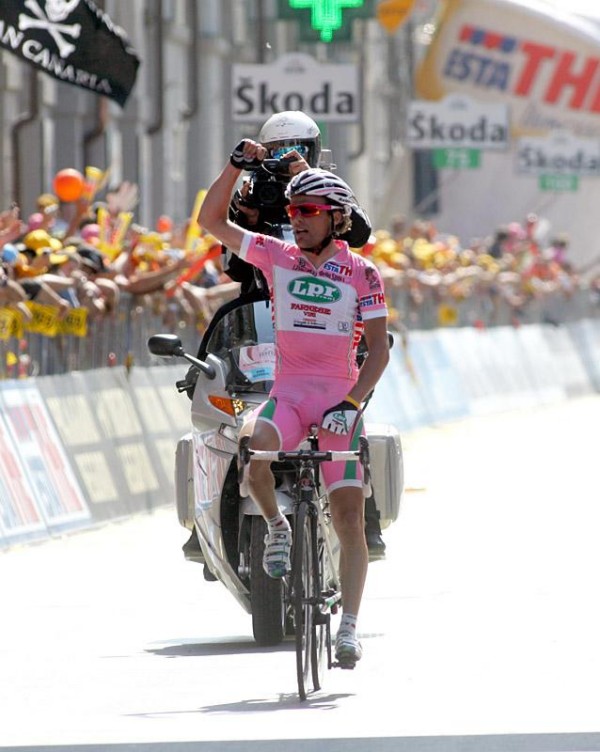
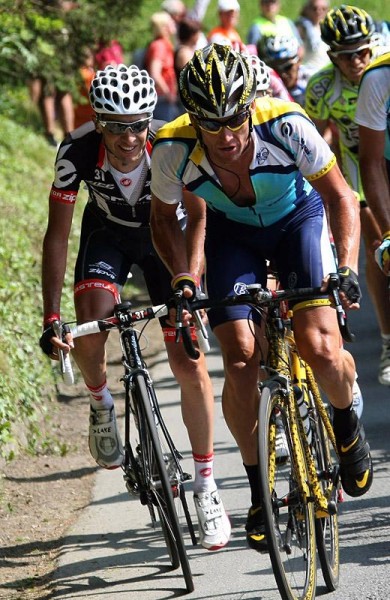
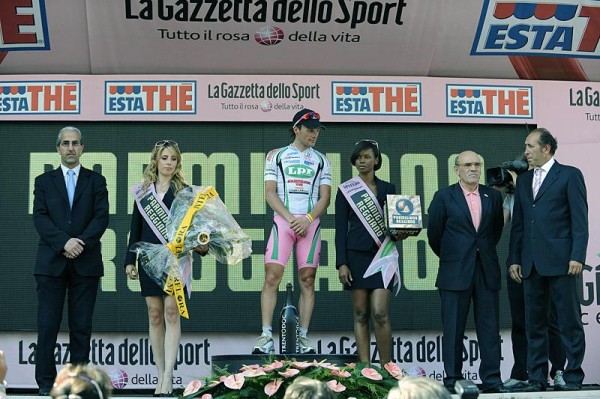
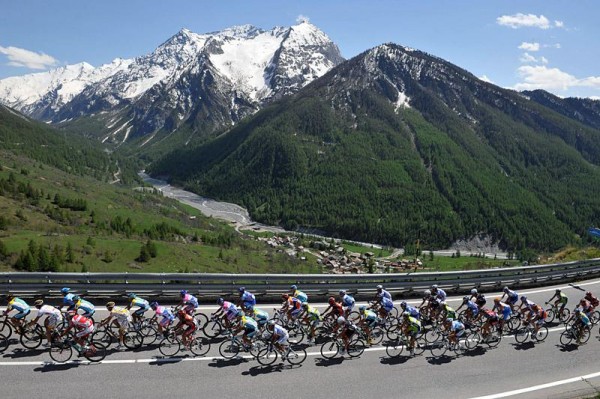
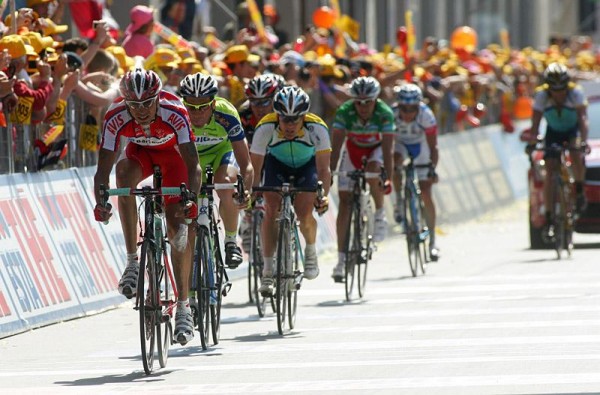
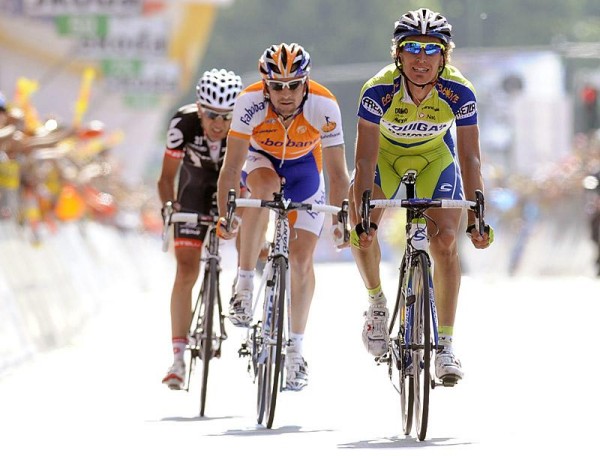
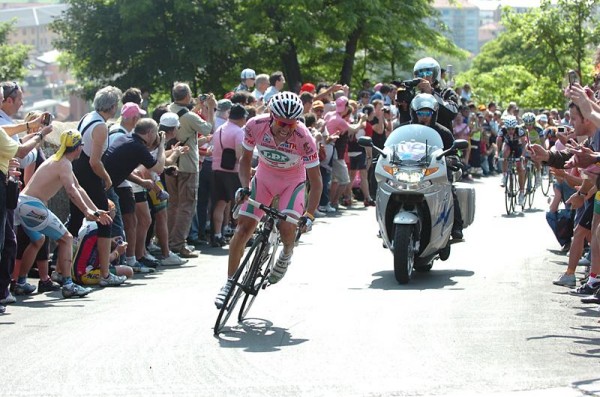
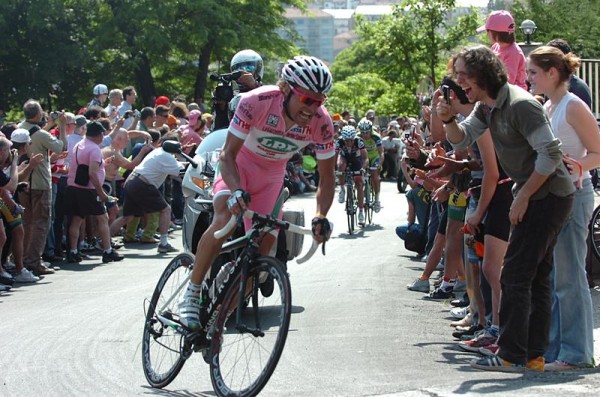
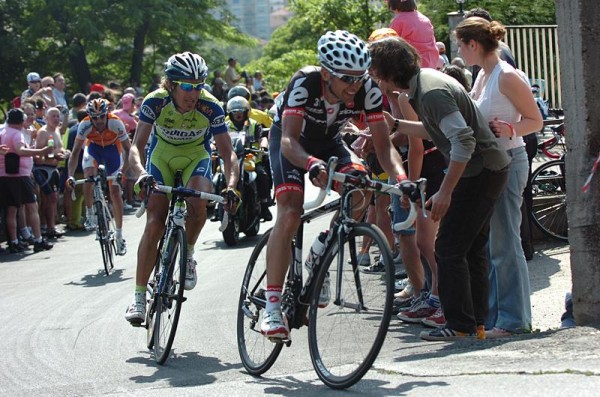
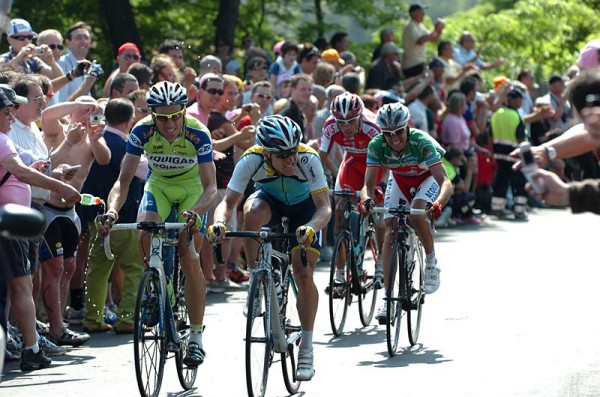

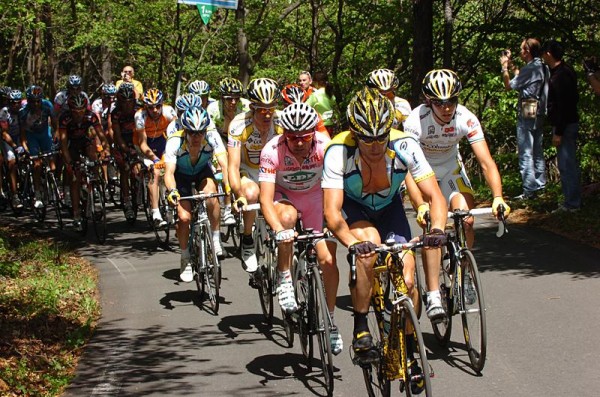
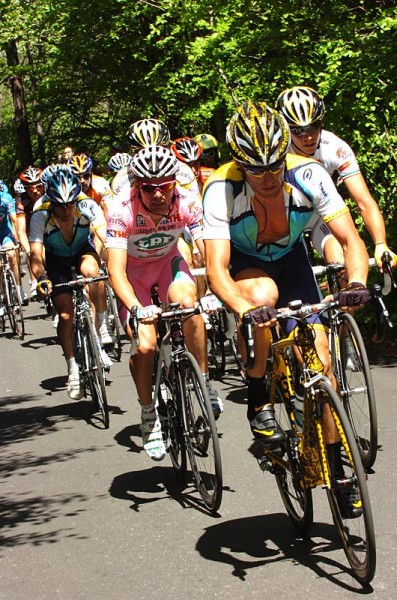
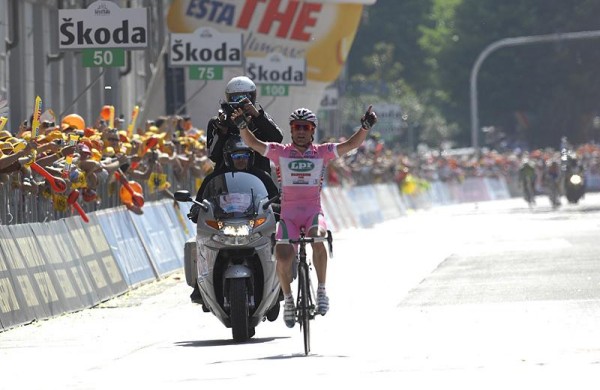
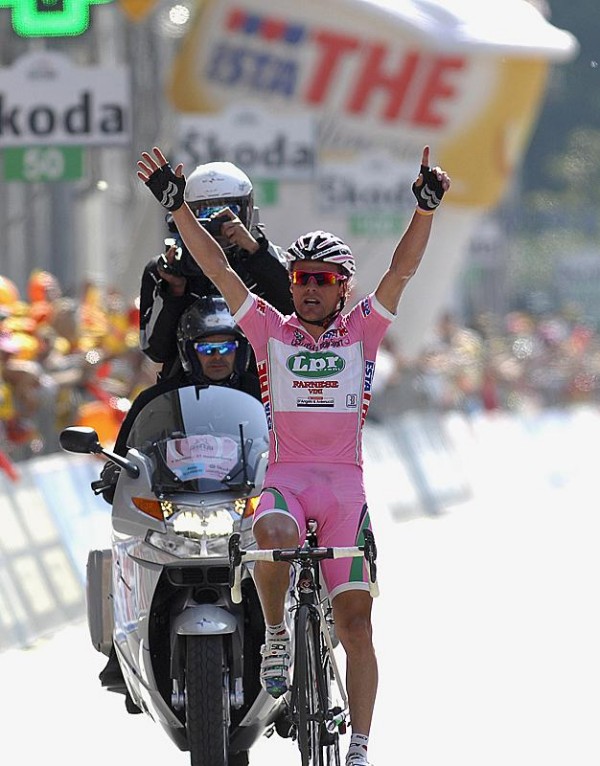
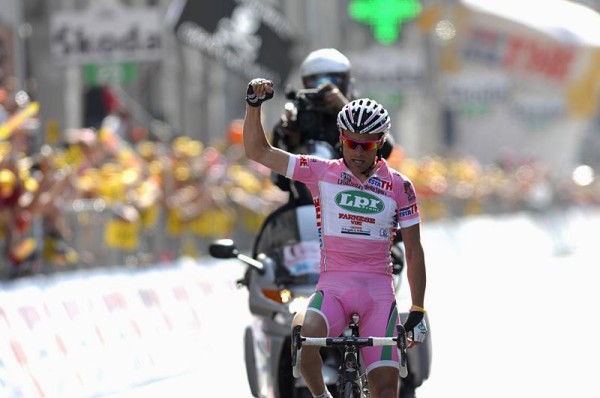
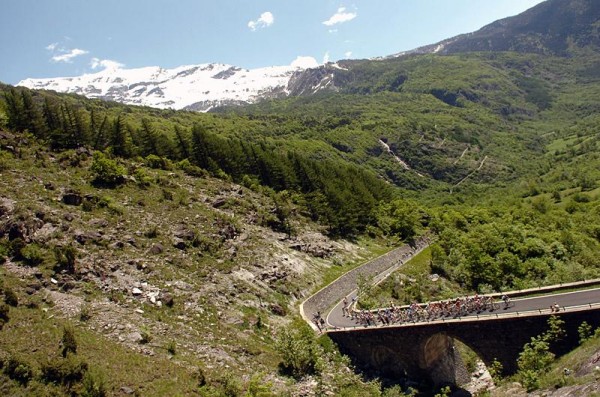
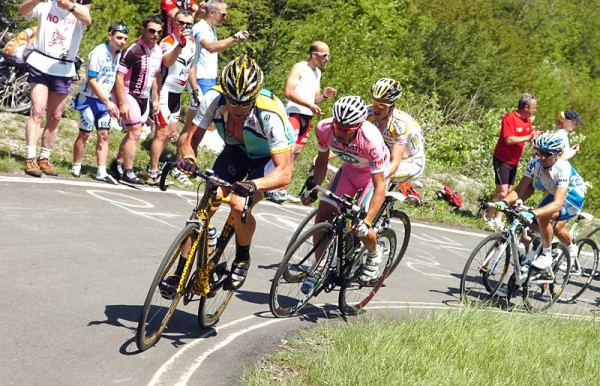
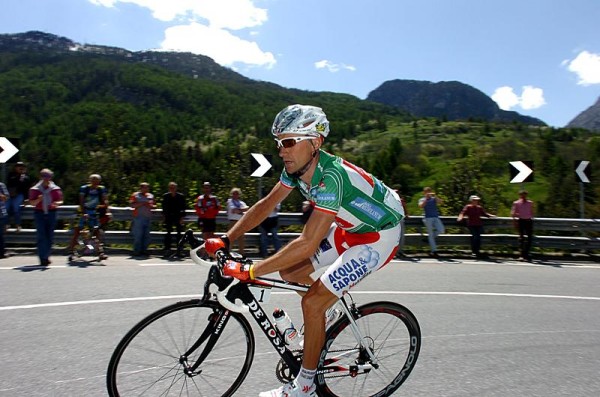
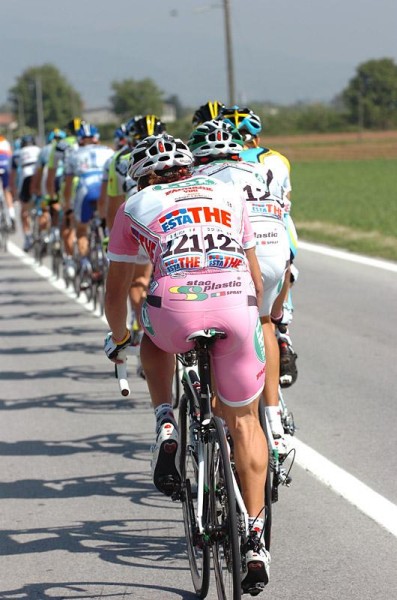
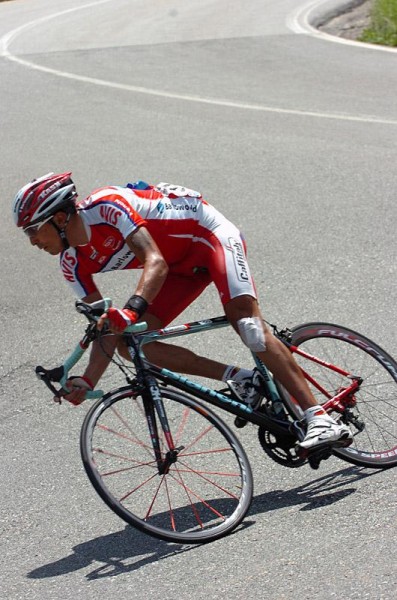
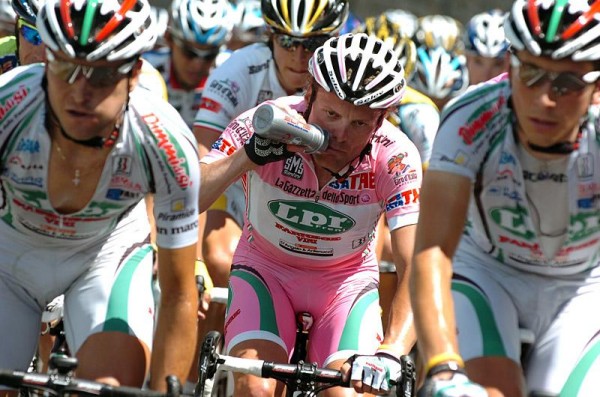
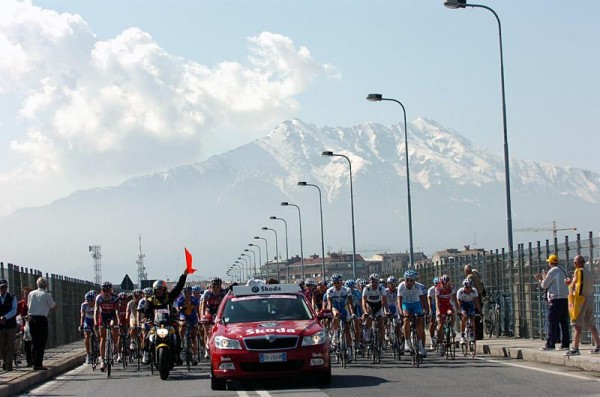
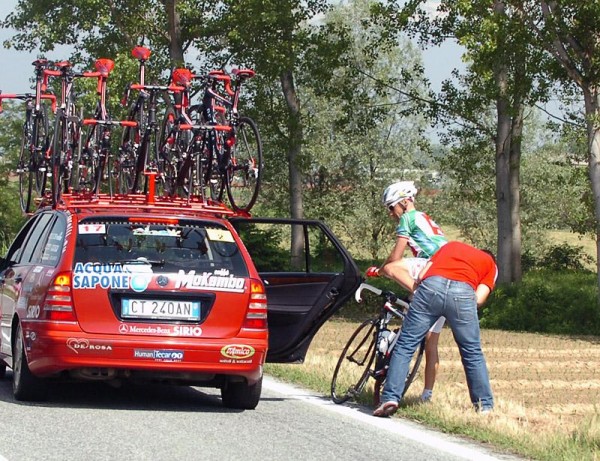
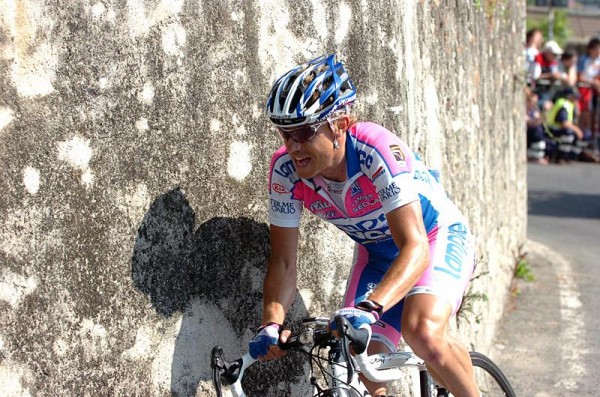
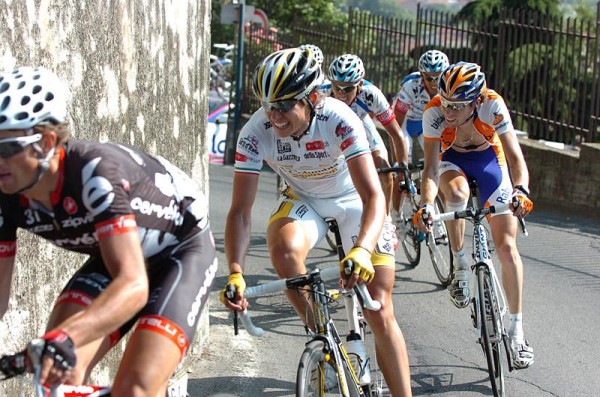
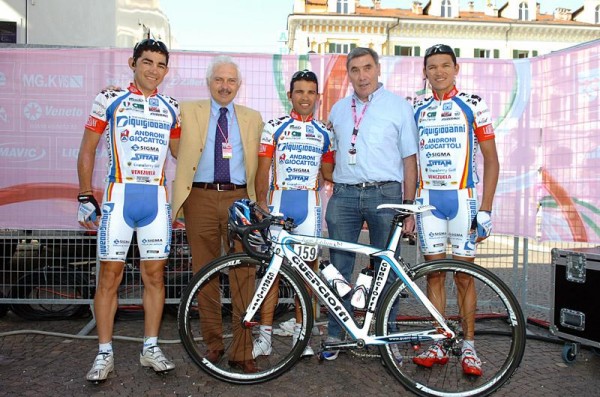
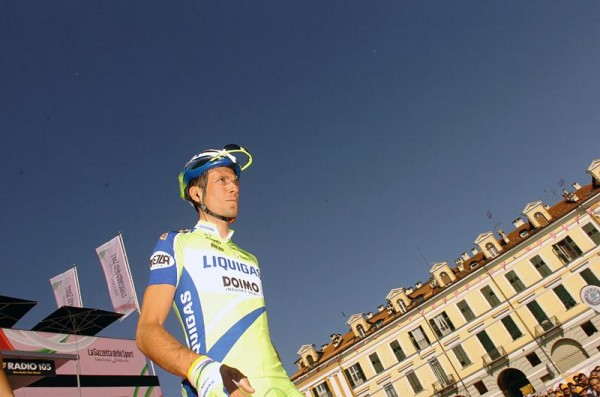

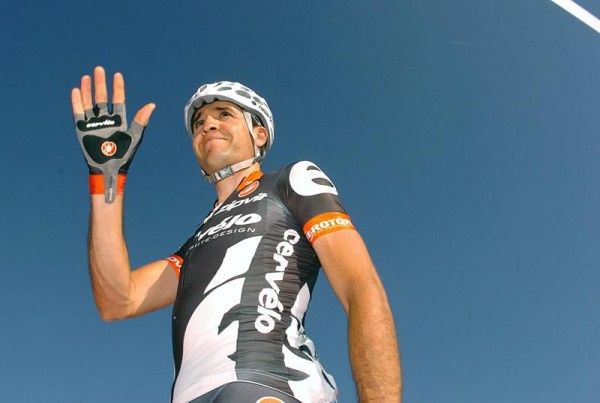
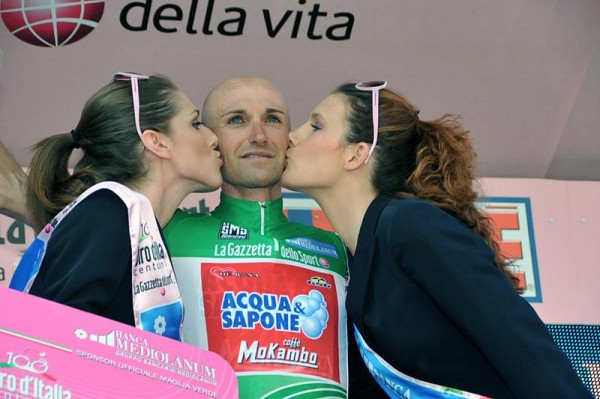
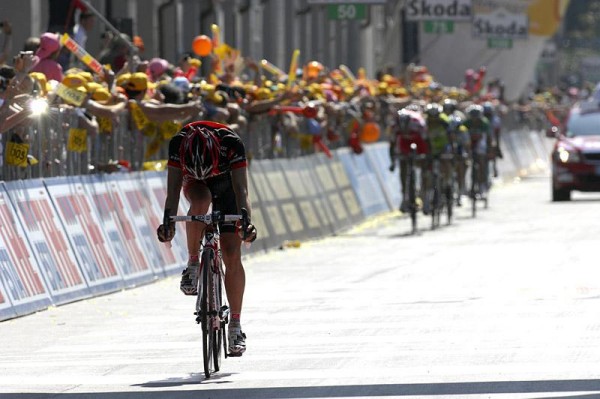

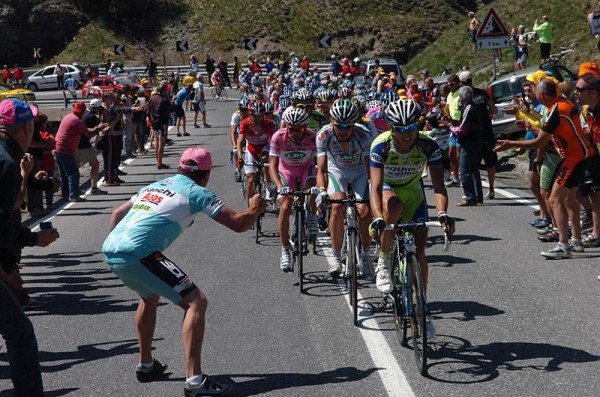
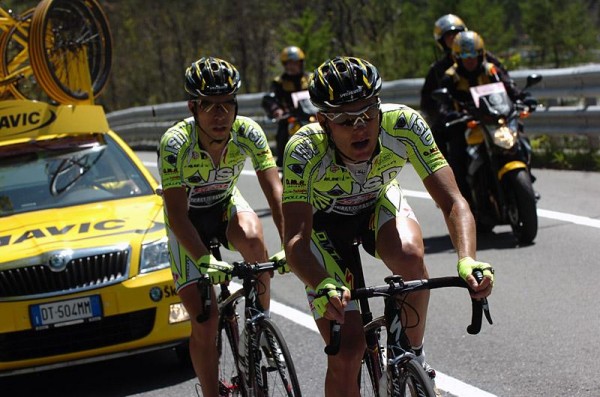
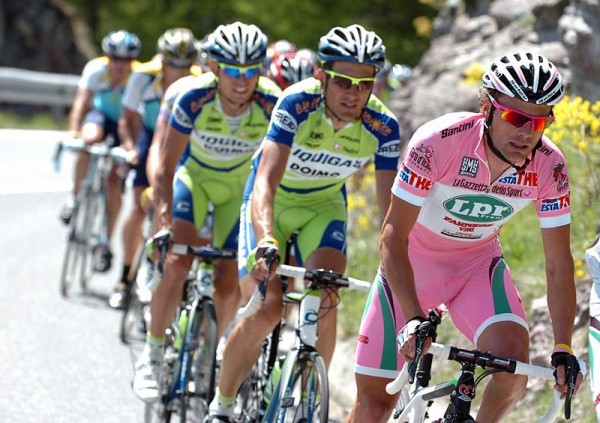
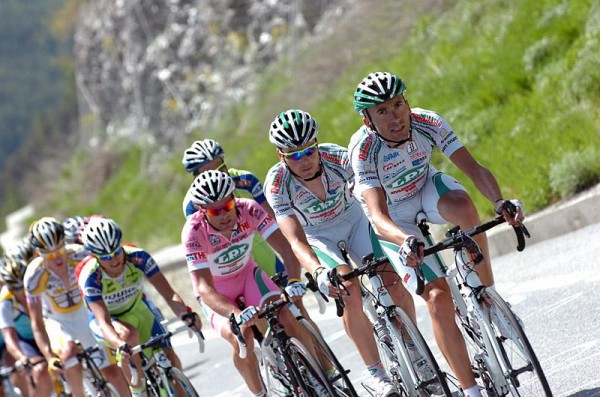
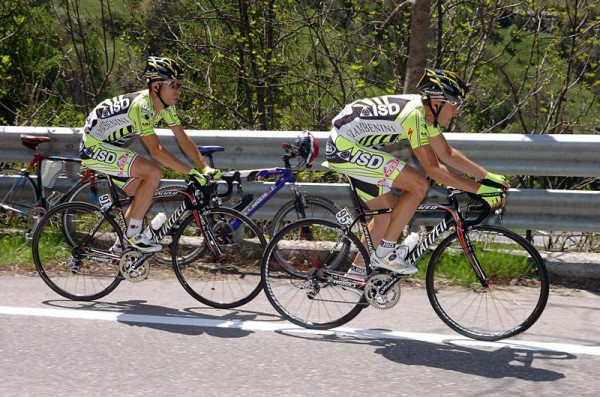
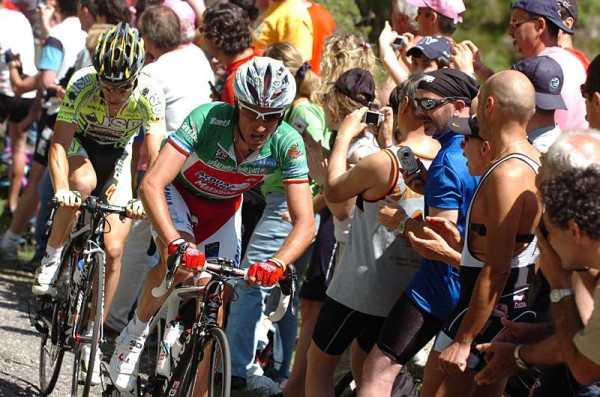
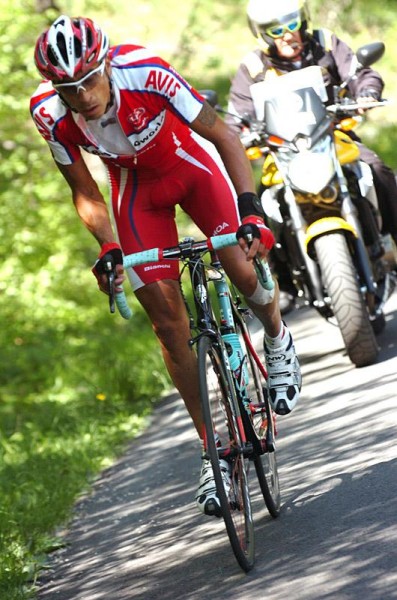
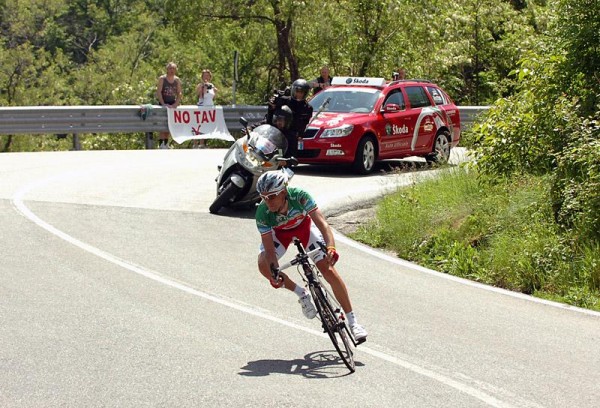
Sestrière, the major climb of the day and the race's high point at 2,035 metres, had been crossed without incident.
Most of what remained was a long downhill to the finish in Pinerolo. But before Tuesday's 262 kilometre trek would conclude, there was a rather anonymous, second category climb to crest.
6.8 kilometres in length, an average gradient of 6.2 percent, maximum 12%. Just 416 metres of elevation gained, and under 1,000 metres in height.
It's name - you probably haven't heard of it before - Pra' Martino.
You have now.
Because less than 15km from the finish, it changed the face of the tenth stage completely, and for those whose name isn't Danilo Di Luca (LPR Brakes - Farnese Vini ), it has put the second nail in the coffins in the fight for overall victory at the Centenary Giro d'Italia.
Liquigas' Franco Pellizzotti was away and thinking of a stage win. But less than a minute behind him, on its seemingly unexceptional slopes, the twin-turbine maglia rosa accelerated with such force, only the names of Carlos Sastre (Cervelo Test Team), Denis Menchov (Rabobank), David Arroyo (Caisse d'Epargne) and Michael Rogers (Team Columbia - Highroad) could follow. Ivan Basso (Liquigas), Levi Leipheimer (Astana), Stefano Garzelli (Acqua & Sapone - Caffe Mokambo) and Mauricio Soler (Barloworld) weren't far behind; Swede Thomas Lövkvist (Team Columbia - Highroad) the big name missing.
Over its crest and with 10.5km remaining, the gruppo Di Luca had caught Pellizzotti, who was doing exceptionally well just to hang on.
But "Il Killer di Spoltore" wasn't finished.
Combined with a fearless ability and smartly scouting the course beforehand, Di Luca's 168-centimetre (5'6"), 61-kilo (134 pound) frame proved the perfect combination on a technical descent that gave his rivals no respite. As they hung on for dear life through narrow streets paved in slippery granite, his adversaries probably hoped Rome - incredibly, still one week and five days away - would arrive sooner rather than later.
Three and a half kilometres out from the line, those in his wake could hang on no longer, forced to let go and watch a pink-shirted, pink-shorted cannonball fire into the distance.
"In fact, I didn't risk a lot," Di Luca told Cyclingnews. "I knew the descent and did it twice yesterday, so I risked what I needed to; three turns were difficult but the rest were without problems. I was actually very careful."
His advantage over Pellizzotti, Menchov and Sastre at the line? 10 seconds.
His mental advantage? Probably 10 miles.
"Today was an important point [against] my rivals," affirmed Di Luca, "because of my past history [of winning the Giro] in 2007.
"I'm able to be aggressive in stage like today but also on the long climbs. I took ten seconds, but you're right, but it's more significant against my rivals and after today, I feel better about my chances for victory.
"Stage wins are only a consequence of my overall target."
For the others, time to regroup before Thursday
Once Menchov, Rogers, Leipheimer, Pellizzotti, Sastre, Basso and Lövkvist - perhaps Tuesday's biggest loser, who lost two minutes and went into GC free-fall, losing six places - finish licking their wounds, they'll need to regroup and focus on Thursday's monster 60.6 kilometre time trial in Cinque Terre.
"I'm not out of the general classification yet, so I'll keep trying," was all Lövkvist could say, who went from second to eighth on the classifica generale.
It's quite possibly the last real chance they have to make time on the maglia rosa. With 20km of climbing and an equal dose of hair-raising descending, though, it may suit Di Luca better than he thinks (or says), who indicated previously to Cyclingnews he's prepared to lose around two minutes to the specialists against the clock, namely Menchov, Rogers and Leipheimer.
"It will be really long: one hour and thirty minutes to one hour and forty minutes," Menchov told Cyclingnews, 1:20 behind the maglia rosa and second on GC. "You have to be in top condition for that one special day, even if it not really a day for specialists. I have to do my best.
Added Rogers, the affable Australian only a further 13 seconds behind Menchov: "The descents are very difficult - it cannot be won on the descents, but it can be lost there.
"The difference will be made on the climbs. I would like to see time gaps in my favour and finish in the top three. But there are still a bunch of tough stages to come," he said.
Armstrong on the improve
After suffering like a dog in week one, Lance Armstrong appears to be slowly finding his old racing legs.
A great ride by the seven-time Tour de France champion, the 37-year-old Astana rider ended Tuesday's stage on equal time as sixth placed Soler in 13th position, just 29 seconds off Di Luca.
By consequence, he's now leapfrogged seven places to 18th overall, 5:28 off the maglia rosa's winning pace. As the leaderboard now stands, to move into the top 10, Armstrong would need to gain almost three and a half minutes on his rivals if the others remained status quo, but with a nasty third week in the mountains, it's more than feasible.
Una bella giornata - ma un brutta caduta (A beautiful day - but an ugly crash)
A gorgeous giornata (day) dawned for the Giro d'Italia peloton in Cuneo, the westernmost stage départ of this year's race where it feels as if the city is on the verge of being eaten by the French Alps, a stone's throw further west.
Those classically beautiful peaks, sharper than a chef's favourite knife and their scree slopes, many still snow-covered and looming in the distance, appeared to be readying themselves for the Tour de France, now just six weeks away.
But then, the tragic news that photographer Roberto Bettini's motorcycle pilot, Fabio Saccani, had been killed en route to Cuneo changed the happy ambience to one of sadness - the 69-year-old was in his 33rd year as a "moticislisti" and naturally, Bettini and his son were devastated. The dangers of Grand Tours are not just limited to the riders. For almost all involved, it is a labour of love. Rest in peace, Fabio.
For a mammoth 262 kilometre mountain stage, proceedings began unusually fast, a brisk 50.4 km/h first hour average keeping all breaks in check.
However, by the time the race hit the lower slopes of the 10.2km Moncenisio ascent after 128.5km, a break of 12 was free, at one stage comprised of a front group of seven and another posse of five. Among those involved were: Hector Gonzalez (Fuji Servetto), Bartosz Huzarski (ISD) Francesco Gavazzi (Lampre), Addy Engels (Quick Step), Francesco De Bonis (Serramenti PVC Diquigiovanni), Ben Swift (Katusha), Lars Bak (Saxo Bank), Alexander Efimkin (AG2R La Mondiale), David Lopez Garcia (Caisse d'Epargne), Giovanni Visconti (ISD), Ted King (Cervelo Test Team), and Johann Tschopp (BBox Bouygues Telecom).
Tschopp was the best climber in the break and rode away on the Moncenisio. When the Swede was four kilometres from the summit, though, Stefano Garzelli (Acqua & Sapone-Caffe Mokambo) decided to leave the gruppo maglia rosa, the 2000 Giro champion becoming less of a GC threat but still a stage protagonist as his years advance, beginning the stage 6:49 behind Di Luca in 36th overall.
Less than 2km later, Garzelli passed Tschopp and with 100km left to race, he had amassed a handy five-minute advantage. Still, if he were to survive Sestrière solo, he'd need a hell of a lot more than that…
By the crest of the 2,035 metre "Cima Coppi" designating the race's highest point, ISD's Visconti and Andriy Grivko were 3:57 behind Garzelli, with a second chase group comprised of Dario David Cioni (ISD), Jose Serpa (Serramenti PVC Diquigiovanni), Charlie Wegelius (Silence-Lotto) and Félix Cardenas (Barloworld) 5:27 back, the peloton a further 6:23 in arrears.
The 45 kilometre descent to the base of the day's final climb, Pra' Martino, closed all those gaps to the point where Garzelli was caught by Visconti and Grivko 25km from the line, and the chasing quartet was swallowed by the Liquigas led peloton, now just two minutes behind.
Grivko dropped off the pace 5km later, Garzelli and Visconti hitting the lower slopes of Pra' Martino ahead but not for long, as Franco Pellizzotti shot out of the pack and went straight through the pair like a hot knife through butter.
But could one man hold off 189 others?
The latest race content, interviews, features, reviews and expert buying guides, direct to your inbox!
Latest on Cyclingnews
-
'I hope he feels tired' – After rest day coffees and a burger, Tadej Pogačar aims to strip Tour de France leader's jersey from Ben Healy
World champion expects short, challenging second week of the Tour de France to speed by -
'If you're going to dream, you might as well dream big' - Ben Healy and EF Education-EasyPost aim high as they defend Tour de France yellow jersey
'I'm just living the dream' Healy says of taking the yellow jersey -
'My body's not really recovering as well as I'd like' – Neilson Powless battling away at Tour de France despite uneven top form
EF Education-EasyPost racer part of stage 10 break that saw teammate Ben Healy take win -
'It's good they focus so much on each other' - Remco Evenepoel keen to profit off rivalry between Tadej Pogačar and Jonas Vingegaard for Tour de France GC
Belgian star remains non-committal about long-term future with Soudal-QuickStep
